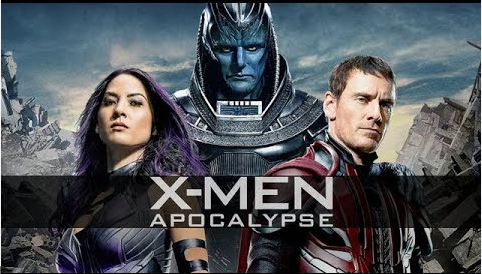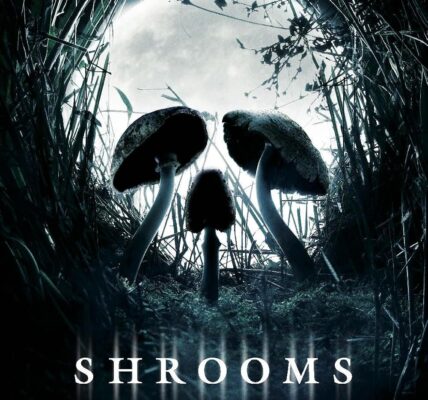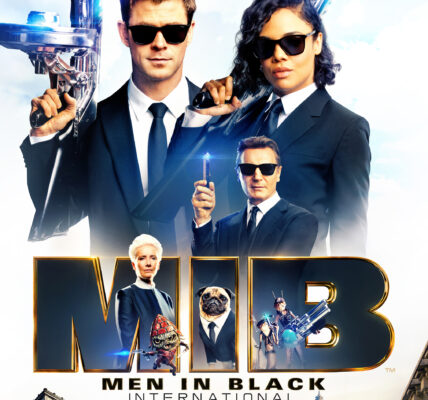🧩 1. Plot Summary
X-Men: Apocalypse takes audiences back to the 1980s, where the mutant world faces its greatest threat yet — En Sabah Nur (Apocalypse), the world’s first mutant, who awakens from millennia of slumber. Disillusioned with humanity’s weakness, Apocalypse (played by Oscar Isaac) seeks to cleanse the Earth and rebuild civilization in his image.
Meanwhile, Charles Xavier (James McAvoy) continues his dream of peaceful coexistence between mutants and humans, running his school for gifted youngsters, while Erik Lehnsherr / Magneto (Michael Fassbender) tries to live a quiet life after tragedy strikes his family. Their paths cross once again as Apocalypse recruits his Four Horsemen — including Magneto — to aid in his quest for domination.
The film introduces younger versions of iconic mutants like Jean Grey (Sophie Turner), Scott Summers / Cyclops (Tye Sheridan), Nightcrawler (Kodi Smit-McPhee), and Storm (Alexandra Shipp), setting the stage for a new generation of X-Men. As Apocalypse’s power grows, the mutants must band together to prevent the destruction of the modern world.
Setting: The film moves between Cairo, Poland, and the X-Mansion in New York, blending mythological scale with Cold War-era tension.
🌟 2. Notable Elements
🔹 Performances
James McAvoy continues to impress as Professor X, balancing intellect and compassion with growing leadership.
Michael Fassbender’s Magneto stands out — his grief, rage, and inner torment form the movie’s emotional core. His quiet scenes (especially the moment in the forest with his family) are deeply affecting.
Oscar Isaac gives a commanding performance as Apocalypse, though his heavy makeup sometimes limits his emotional range.
Evan Peters once again steals the show as Quicksilver. His slow-motion rescue sequence in the exploding X-Mansion — set to “Sweet Dreams (Are Made of This)” — is one of the most thrilling and humorous moments in superhero cinema.
🔹 Cinematography & Visual Effects
The movie’s visuals are grand and operatic — pyramids rising, cities crumbling, and mutants unleashing vast powers. The final battle in Cairo is visually stunning, even if it occasionally leans too heavily on CGI.
Cinematographer Newton Thomas Sigel captures the epic tone through rich lighting and atmospheric color palettes, particularly during Magneto’s sequences and Jean Grey’s Phoenix awakening.
🔹 Music
Composer John Ottman fuses haunting choral themes with orchestral power, matching the apocalyptic tone. The score amplifies the mythic, almost biblical quality of Apocalypse’s rise.
💭 3. Themes and Messages
Evolution and Power
The central theme is evolution — not just biological, but moral and spiritual. Apocalypse believes only the strong deserve to survive; Xavier believes strength lies in unity and compassion. This clash defines the heart of the film.
Family and Redemption
Each major character struggles with belonging and redemption. Magneto’s tragic arc reflects the consequences of grief and vengeance, while Jean Grey’s emerging power symbolizes hope and rebirth.
Faith and Rebirth
Apocalypse’s god-complex and desire to “remake” the world mirror mythic and religious archetypes. The film questions blind worship, destiny, and whether destruction is truly a path to renewal.
(Though not a holiday movie, its underlying messages about rebirth, forgiveness, and unity could easily resonate with holiday sentiments of renewal and togetherness.)
🎭 4. Personal Impressions
X-Men: Apocalypse is ambitious and visually spectacular. It attempts to combine mythology, history, and comic-book energy into one epic narrative. When it works — it really works.
The emotional depth of Magneto’s story and the humor of Quicksilver’s scenes give the movie balance. Fassbender’s tragic performance and Sophie Turner’s powerful turn as Jean Grey stand out as emotional anchors.
However, it’s not without flaws. The pacing can feel uneven, with too many characters vying for attention. Apocalypse, despite strong potential, sometimes comes across as distant due to the makeup and dialogue. The film’s third act leans a bit too much on spectacle rather than emotional payoff.
Still, the chemistry among the younger mutants and the sheer scope of the world-building make it a memorable entry in the X-Men saga.
🎯 5. Audience Recommendations
You’ll especially enjoy X-Men: Apocalypse if you are:
A fan of superhero ensemble stories with moral depth
Interested in character-driven arcs (especially Magneto, Jean Grey, and Quicksilver)
Someone who enjoys epic-scale action blended with emotional stakes
A follower of the X-Men cinematic universe, looking to see the bridge between past and future generations
Casual viewers unfamiliar with earlier X-Men films may find the plot occasionally dense, but the film’s visuals and performances still entertain on their own.
🏁 6. Conclusion & Rating
While X-Men: Apocalypse isn’t the most polished installment in the franchise, it remains an epic, visually rich, and emotionally charged superhero tale. Its exploration of power, grief, and faith elevates it beyond a standard blockbuster. Despite its narrative clutter, the film delivers iconic moments and memorable performances.
Final Recommendation: A must-watch for X-Men fans and those who appreciate ambitious, character-driven superhero sagas.
Rating: ⭐⭐⭐⭐☆ (4 out of 5)
🎥 7. Trailer on YouTube




